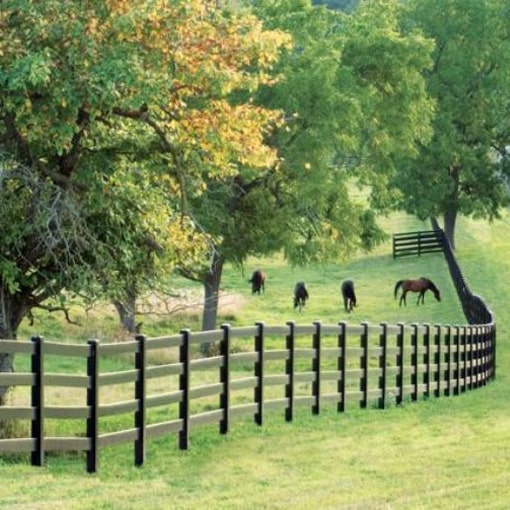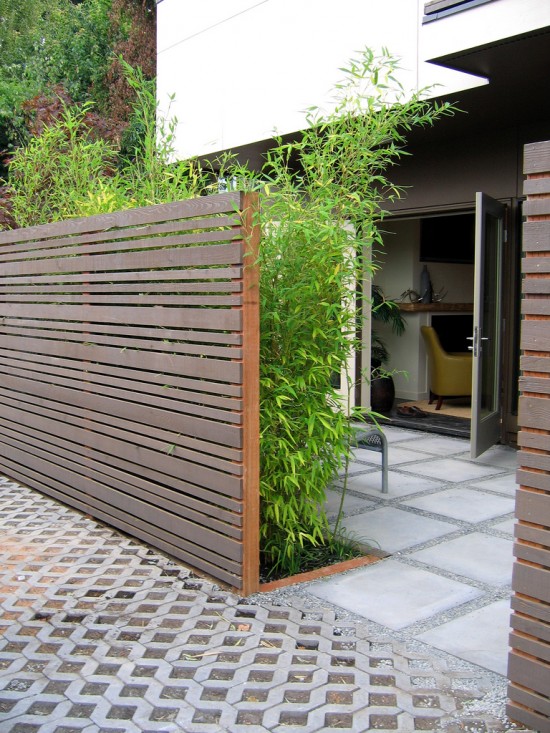All Categories
Featured

Selecting the right fence product for your home is a decision that stabilizes looks, functionality, and budget. Amongst the most prominent options, timber, plastic, and aluminum each offer one-of-a-kind benefits and drawbacks. Understanding these can help you make an educated choice that straightens with your requirements. Here's a failure of the pros and cons of these three usual fence materials.
Wood Fencing. Wood secure fencing has been a classic selection for homeowners due to its all-natural beauty and convenience.
Pros:. Aesthetic Allure: Timber supplies a warm and traditional look that enhances a variety of building styles. Adjustable: It can be painted, tarnished, or reduce right into special styles to fit personal choices. Economical: Originally, wood fencing can be an inexpensive alternative contrasted to other materials. Eco-Friendly: Timber is an eco-friendly resource and can be sustainably sourced. Disadvantages:. High Maintenance: Timber requires regular sealing, discoloration, or paint to avoid rot, insect damages, and weathering. Resilience Concerns: Without correct care, wood can warp, crack, or decay in time, particularly in locations with high moisture. Shorter Life expectancy: A wood fencing commonly lasts 10-20 years, depending upon the kind of timber and level of upkeep. Wood is ideal for those that value a typical look and are eager to commit to its maintenance.
Plastic Fence. Plastic is a contemporary, low-maintenance fencing option that has grown in popularity in recent years.

Pros:. Reduced Upkeep: Vinyl does not require painting, discoloration, or securing and can be conveniently cleansed with soap and water. Climate Resistant: It holds up against extreme climate condition without decaying, rusting, or warping. Durable: Vinyl fencings can last 20-30 years with marginal maintenance. Range of Styles: Readily available in many shades, designs, and structures, some plastic choices imitate the look of timber. Disadvantages:. Higher Upfront Cost: Plastic fencing can be extra expensive originally contrasted to wood. Brittleness in Winter: In extreme cool, vinyl might fracture or become weak. Limited Services: Specific panels can be difficult to replace, needing cautious matching to the existing fence. Plastic is ideal fit for property owners looking for a long lasting, low-maintenance remedy with modern aesthetics.
Light Weight Aluminum Fence. Aluminum fencing is a sturdy and lightweight option, typically chosen for its modern-day appearance and adaptability.
Pros:. Rust-Resistant: Aluminum doesn't rust, making it an exceptional option for damp or moist climates. Reduced Upkeep: Calls for marginal upkeep and is very easy to clean. Resilient: While lightweight, light weight aluminum is strong sufficient to withstand several ecological problems. Long Life expectancy: Can last numerous years without considerable wear or degeneration. Selection of Styles: Offers a elegant and smooth appearance, commonly made use of for ornamental or ornamental functions. Disadvantages:. Higher Price: The preliminary financial investment for aluminum secure fencing is greater than timber or plastic. Much Less Privacy: Light weight aluminum fences are often developed with open pickets, making them much less efficient for privacy. At risk to Damages: Although sturdy, light weight aluminum can be nicked by solid effects. Light weight aluminum is suitable for those seeking a stylish, long-lasting choice that requires marginal care.
Making the Right Choice. Each fencing material-- timber, light weight aluminum, and plastic-- uses distinctive advantages and downsides. Your decision needs to depend upon your certain top priorities, such as budget plan, maintenance choices, climate, and visual goals:
If you enjoy a standard appearance and do not mind regular maintenance,Select timber. Select plastic if you want a low-maintenance, weather-resistant fencing with modern-day allure. Opt for light weight aluminum if you prioritize sturdiness, rust resistance, and a smooth layout. By weighing these advantages and disadvantages, you can select a fence material that improves your residential property while satisfying your functional needs.
Latest Posts
Don’t Miss Special Auto Repair Specials in Chicago at Montclare Auto Repair
Published May 25, 25
1 min read
Safeguard Your Investment with Professional Gutter Installment
Published May 22, 25
1 min read
Discover the Storied Past of Deauville Inn: From Speakeasy to Seafood Haven
Published May 20, 25
2 min read
More
Latest Posts
Don’t Miss Special Auto Repair Specials in Chicago at Montclare Auto Repair
Published May 25, 25
1 min read
Safeguard Your Investment with Professional Gutter Installment
Published May 22, 25
1 min read
Discover the Storied Past of Deauville Inn: From Speakeasy to Seafood Haven
Published May 20, 25
2 min read